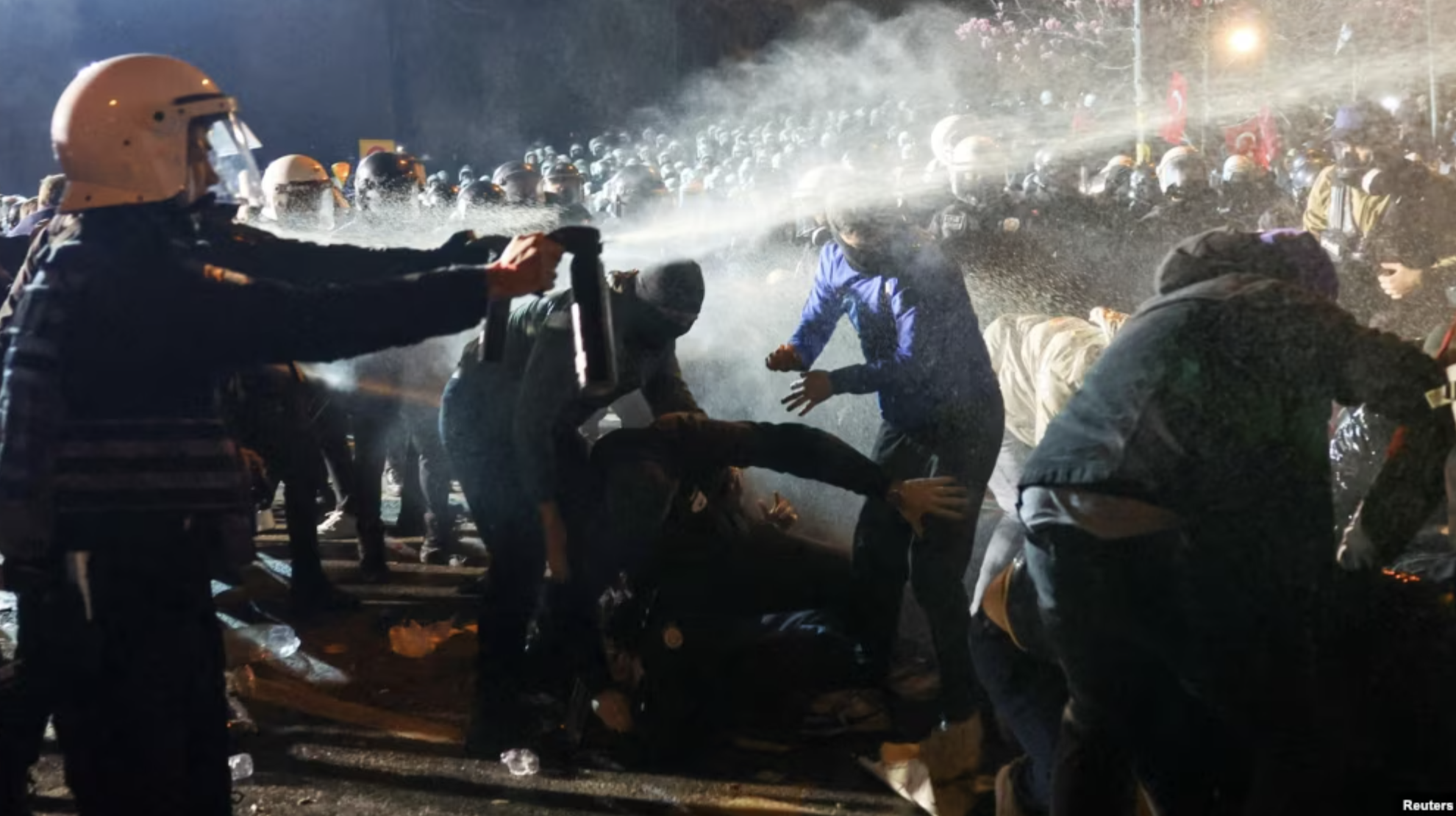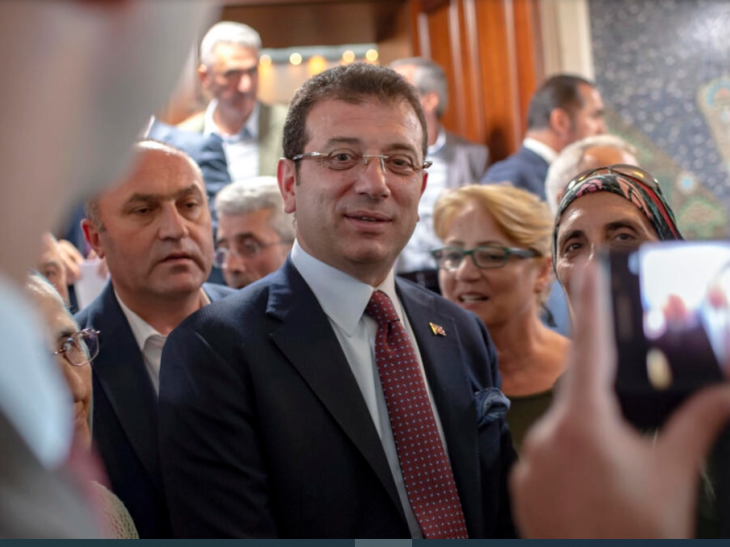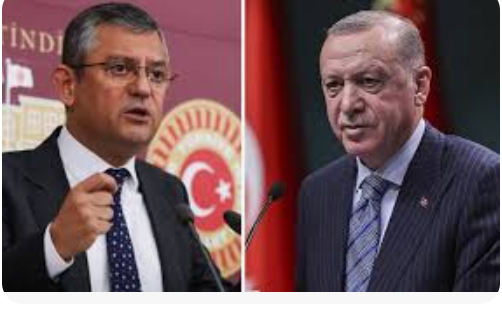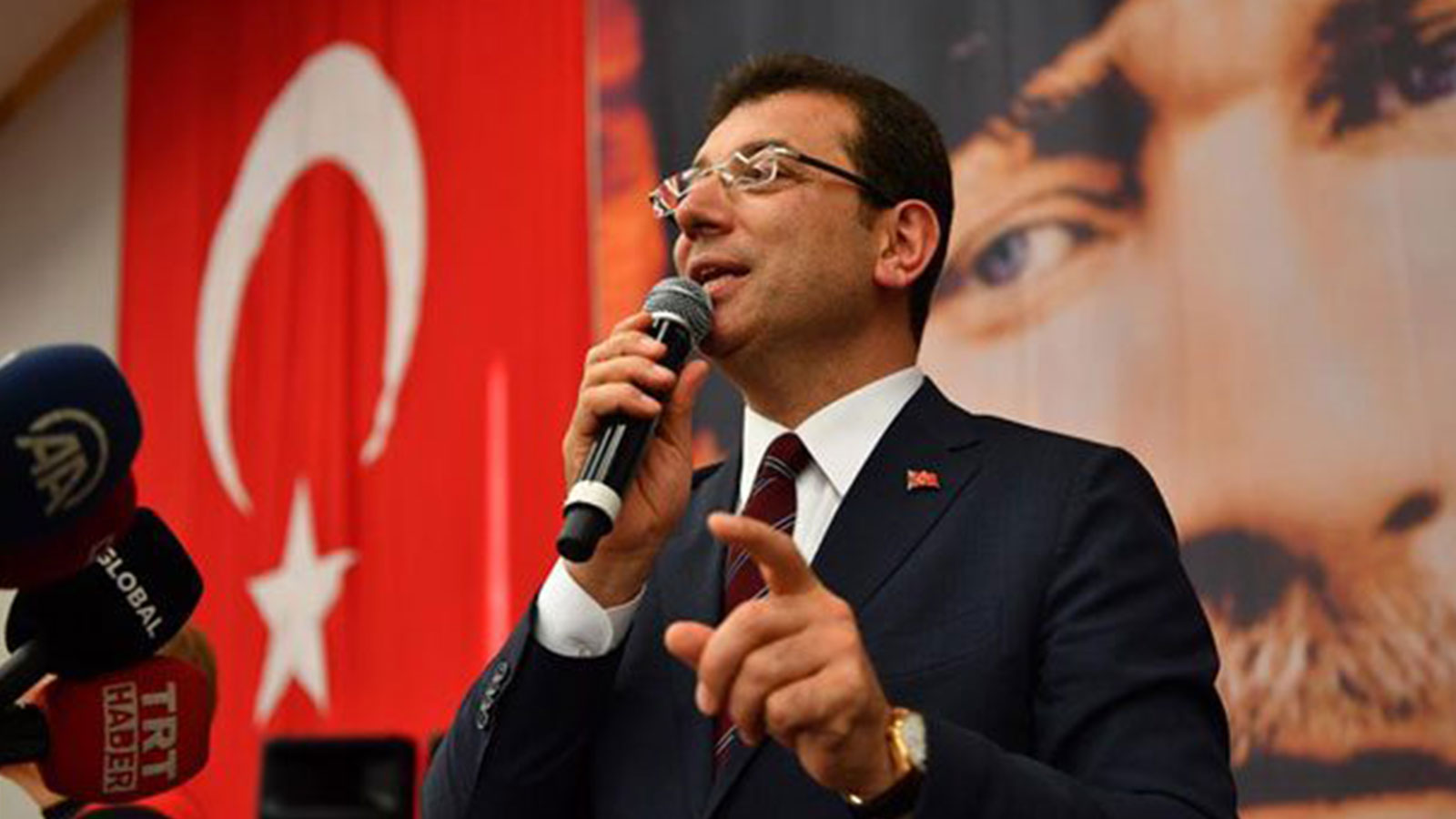Turkey Sees Largest Anti-Government Protests in a Decade Following İmamoğlu’s Arrest
 protest
protest
Nearly 1,500 people have been detained across Turkey as massive protests continue following the arrest of Istanbul Mayor Ekrem İmamoğlu, seen by many as President Recep Tayyip Erdoğan’s most formidable political opponent. Interior Minister Ali Yerlikaya confirmed on March 25 that 1,418 protesters had been detained, with nearly 1,000 still in custody, labeling the demonstrations “illegal” and accusing some participants of insulting Erdoğan’s family.
A Nation in Uproar
The unrest began on March 19, when İmamoğlu was detained at his home on corruption charges widely seen as politically motivated. His arrest triggered the largest wave of anti-government protests in Turkey since 2013, reminiscent of the Gezi Park movement.
Despite official bans on gatherings, protests have erupted in cities across the country, with particularly large demonstrations in Istanbul. The epicenter remains Saraçhane Square, where police have deployed tear gas and rubber bullets. Yet, in neighborhoods like Kadıköy, the mood has been strikingly different—peaceful, determined, and diverse.
Protesters in Kadıköy, from young students to elderly citizens, marched with portraits of İmamoğlu and Turkish flags, voicing frustrations that extend beyond one politician’s detention.
“This is not just about İmamoğlu,” said Merve, a 44-year-old protester.
“For many years, this country has been abused, corruption has been high, and human rights have been violated.”
A Rising Symbol of Resistance
Just days after his arrest, İmamoğlu was officially confirmed as the Republican People’s Party (CHP)’s candidate for the 2028 presidential election, a move that cements his status as the opposition’s leading figure.
In Kadıköy’s central square, his image now hangs on large banners, while CHP flags drape balconies and shop owners display his portrait in their windows. Evenings in the district are punctuated by the sounds of residents banging pots and pans—a traditional Turkish form of protest.
“I want democracy in my country,” said Murat, a 20-year-old university student.
“Erdogan has been in power for more than two decades. I don’t want that anymore.”
A Polarized Nation
While many Turks rally around İmamoğlu, others remain loyal to Erdoğan. In Kadıköy, Mahmut, a taxi driver and Erdoğan supporter, offered a contrasting view:
“They [the opposition] are corrupt. All they know how to do is give nice speeches and deceive people. We shouldn’t defend them.”
President Erdoğan, who has ruled Turkey since 2003, dismissed the protests as a “movement of violence” and blamed the CHP for inciting unrest, vowing that those responsible for damage and police injuries would be held accountable.
Echoes of Gezi Park
The scale and tone of the protests have drawn comparisons to 2013’s Gezi Park demonstrations, which began over environmental concerns but quickly expanded into a broader pro-democracy movement. That uprising was met with a heavy-handed crackdown in which 11 people were killed and over 8,000 injured, according to rights groups.
Now, over a decade later, Turkey once again finds itself at a crossroads—with public anger mounting, political divisions deepening, and İmamoğlu’s arrest serving as a rallying cry for those demanding democratic reform.






